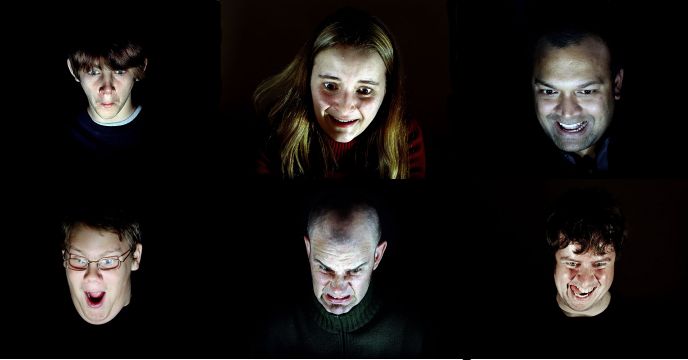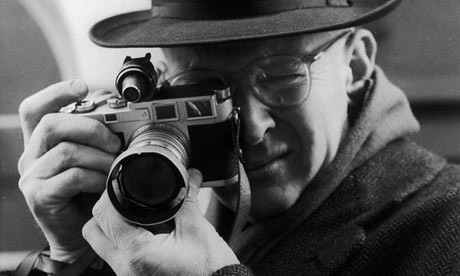Alas, the final photography project has been done. The title I have chosen for my photography project is : Digital Heroin. I chose the name because it has become a phenomenon. When read article about Iphone dependence on the internet, a couple of words kept popping out; Digital, addiction and addicts, drugs, heroin, malaise, technology. The phrase “digital drugs” are used several times which inspired me to use ‘Digital Heroin’.
Starting from the presentation, I was very eager to start my photography project. Like any other startups, I have lots of imagination where I wanted my project to head to. I was inspired by the TV show black mirror, that taught me the harsh reality of human nature with digital technology. I was a fan of the show and thus it gave me the Idea to do this project.
Over the blog I have updated some progress I had done. I pursued the project slowly, due to procrastinating and and threatening deadline. I had many conundrums trying to brainstorm and create a concrete plan for the project. The most problematic one was trying to decide if I want to capture life-candid observational shots, or scripted but true-to-many people images. Brian suggested I tried to go outside and try if the candid one worked. After practicing for a couple of days, I concluded that it was utterly hard to do so. I managed to take a couple of great shots, but no more than even remotely enough to communicate my message. I decided to scale back to the first inspiration.
I asked many friends & colleagues about things people do on their phone that people find annoying, and used my own experience. Although I want to show our reliance the best way possible, I still want to add aesthetically value to the image, to communicate my own style of photography.
These are some of the sketch I did for the project. There are multiple scenarios involving a person and a digital phone, mostly singular photos. I also wanted to add abstract images, mostly associated with light pollution (or simply too much light). There are basic scenarios , like a person doing selfie, a person holding their phone at mainstream places, but there are ideas that I like to experiment with, even though when it comes to the day in the studio, many of the ideas didn’t work out.
One of the technical challenge I experienced was coping with my the dark nature of the project with my own camera. I used the RMIT studio 2 times. During the first, I experimented and played with my own camera. It was incredible an fun and I managed to get a lot of good pictures. I figured if using my own camera would make as good pictures as this, then borrowing high quality camera from RMIT would make even better pictures. But, the exact opposite happened. I loaned a canon 5D Mark but the results were very different from what I anticipated. The quality is better, but I can’t seem to get the pictures that I wanted. Maybe because I was more accustomed to using my own camera, and using 5D is trickier and more complex.
When I presented the particular style of photo I wanted to pursue, I coined the term “chiaroscuro” as a principle. One of the panel judge suggested I looked at Philip Toledano because my Idea sound vaguely familiar (first left picture on the left page). Philip toledano photographed people’s candid expression while lose themselves playing games. With their comment and advice I continued to think of ideas. The pictures on the right page are some of the shots I took. You can see there I did what I planned, I used the mobile device as the primary source of light. Sometimes the phone’s brightness isn’t powerful enough/sometimes too powerful, that post-production has to play it’s part. The studio provides lighting equipment and reflectors that I utilized in some of the shots.
After producing and post-producing the photos, I started to assemble & arrange the photos into a photobook. I had no knowledge how to create a photobook, but I saw examples from Bella Capezio (guest lecturer) and together with the readings it gave me some perspective on how I should assemble mine. A further trip into Pinterest and with the help of a friend I then juxtaposed the pictures together and try to make a coherent narrative. Since my photobook didn’t exactly have a narrative, I decided I would arrange it more categorically. The photobook is an even greater medium to communicate your photos, so figuring out this part was an interesting challenge.
I created an empty space within the first few pages and i put a rectangle that resembles the size of a phone. Here I wante to implement the idea the digital phone is part of life, hence it is part of the photobook as well. Besides some of the picture I also put small captions about typical social media behaviour. I continued putting my images in using tips my friend gave me. My self-portrait and the phone platform is the opening I wanted to give. And the ending (with the picture of a person holding 2 phones) I thought the image serves as a candid closure that binds the rest of the images together. I feel that my book overally jumps around with the image and the message, it didn’t create a linear narrative, and it’s more like “the image speaks for itself”. I hope that people who ‘read’ the book can relate and also find it entertaining & aesthetically pleasing.
Overally I was very proud and satisfied with what I have done. I prepared, presented, and consulted with Brian about the message I want to send across. Even though I would have done a lot better If I didn’t procrastinate as much, I feel like I’ve achieved my goal for the project. Photography has taught me how to communicate with people explicitly & implicitly through visual images. It is challenging, and needs focusing on the many minor details. But effectively sending the emotion that you wanted is a rewarding work.






























